Introduction
How Often Do Rats Have Babies: Rats, those small and often maligned creatures, have long been an integral part of our urban landscapes and natural ecosystems. Their adaptability, prolific breeding capabilities, and close association with human habitats have made them a subject of both fascination and frustration. This seemingly simple query opens a window into the intricate world of rodent biology and behavior. Rats, belonging to the genus Rattus, are known for their remarkable reproductive capacity. Their ability to reproduce rapidly has contributed to their status as pests in many parts of the world. Understanding the reproductive habits of rats is crucial for pest control and management, as well as for gaining insights into their natural history.
Rats have babies, we must delve into the life cycle of these resilient rodents. Rats roaches are mammals, and like all mammals, they give birth to live young ones rather than laying eggs. The specific breeding frequency of rats can vary depending on several factors, including the species of rat, environmental conditions, and the availability of food and shelter. Generally, rats can reproduce throughout the year, given the right conditions. Female rats, known as or dams, reach sexual maturity at an astonishingly young age, often between five to eight weeks old. Once sexually mature, they can go into heat, or estrus, every four to five days. During estrus, a female rat becomes receptive to mating, and if mating occurs, she can become pregnant.
The gestation period for a pregnant rat is relatively short, lasting about 21 to 23 days. After this short period, a litter of baby rats, called pups, is born. The size of a litter can vary, but it typically ranges from six to twelve pups, although larger litters are not uncommon. Once the pups are born, the mother rat care and nourishment until they are weaned, which occurs around three weeks of age. In the rat’s reproductive habits, we will delve into the factors that influence their breeding patterns, the challenges they face in urban environments, and the significance of understanding their reproduction for both scientific research and pest management.
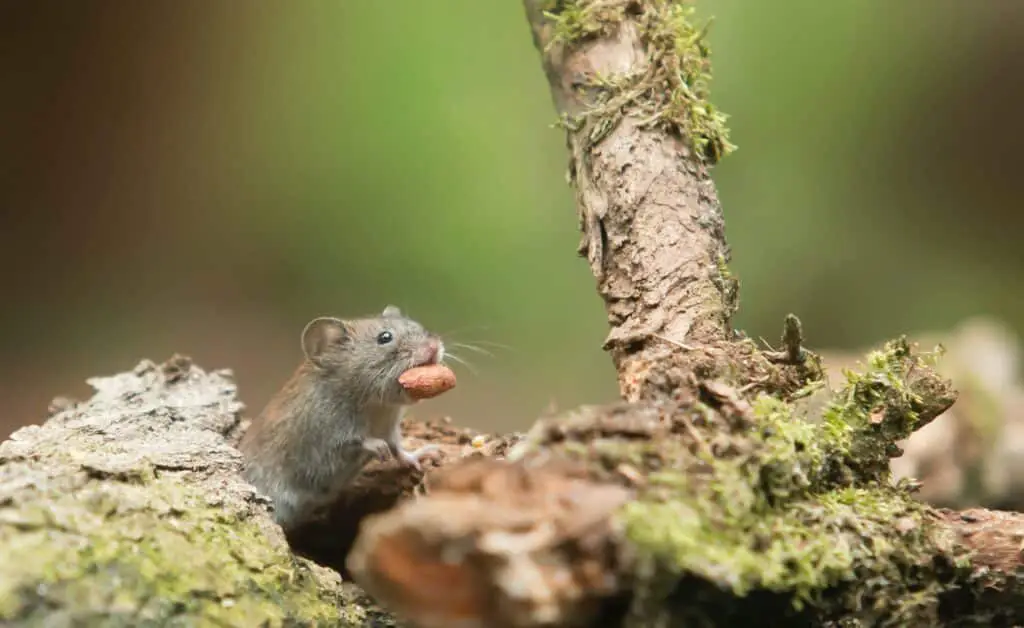
How often are rats pregnant?
The gestation period is between 21 and 23 days. Litter size: Female rats produce litters between 5 and 12 pups depending on the species. Amazingly, female rats can produce as many as 7 litters per year which means up to 84 offspring per year.
Sexual Maturity: Female rats, called does or dams, reach sexual maturity remarkably early, typically between five to eight weeks of age. Once they reach this stage, they can become pregnant.
Estrus Cycle: Female rats have an estrus cycle, also known as the “heat” cycle. This cycle usually occurs every four to five days, and during this time, a female rat becomes receptive to mating. If mating occurs during estrus, the female can become pregnant.
Gestation Period: After successful mating, a pregnant rat has a relatively short gestation period, typically lasting about 21 to 23 days. This short gestation period allows for rapid reproduction.
Litter Size: The number of pups born in each litter can vary, but it usually ranges from six to twelve. Occasionally, litters can be larger, especially in environments with abundant resources.
How many baby rats are born at once?
The usual litter size is 8 to 18 pups. Baby rats are born deaf and blind. The cage should be kept in a quiet place and the litter should not be disturbed for at least 7 days after birth, especially if this is the female’s first litter.
Common Brown Rat: This species, often found in urban environments, typically has larger litters. On average, a female brown rat can give birth to a litter of 6 to 12 pups.
Black Rat: The black rat, also known as the ship rat, usually has smaller litters compared to the brown rat. Litter sizes for black rats often range from 4 to 8 pups.
Food Availability: Rats in areas with abundant food resources tend to have larger litters because they can support more offspring.
Stress and Competition: High levels of stress, competition for resources, or the presence of predators can lead to smaller litters as the mother may invest fewer resources in reproduction.
Do rats multiply quickly?
A female rat typically births six litters a year consisting of up to 12 rat pups, although 5-10 pups are more common. Rats reach sexual maturity after nine weeks, meaning that a population can swell from two rats to around 1,250 in one year, with the potential to grow exponentially.
Early Sexual Maturity: One of the key factors contributing to the rapid multiplication of rats is their early sexual maturity. Female rats, called does or dams, typically reach sexual maturity at just five to eight weeks of age. This means that they can become pregnant shortly after birth.
Short Gestation Period: Once a female rat becomes pregnant, the gestation period is relatively short, lasting about 21 to 23 days on average. This brief pregnancy period allows for frequent reproduction.
Frequent Estrus Cycles: Female rats go through estrus, or the “heat” cycle, approximately every four to five days. During estrus, they become receptive to mating. This frequent cycling means that a female rat can potentially become pregnant multiple times in a short period.
Larger Litters: Rats, particularly the common brown rat (Rattus norvegicus), are capable of producing relatively large litters. On average, a female brown rat can give birth to a litter of 6 to 12 pups, although larger litters are not uncommon.
How do I know if a rat is pregnant?
The average gestation time is 21 to 23 days, and pregnancy is sometimes detectable at about 2 weeks by feeling the abdomen or noticing weight gain or mammary (breast) development. Pregnant females will make a nest, and they should be with suitable materials.
Palpation, or gently feeling the abdomen with your fingers, can sometimes help detect pregnancy. Be extremely gentle and cautious while doing this to avoid harming the pregnant rat or causing stress. You may be able to feel the developing fetuses in the abdomen, typically after about two weeks of gestation. It’s to have experience or guidance from a veterinarian for this method.
If you have access to veterinary equipment, an ultrasound can confirm pregnancy more definitively. This non-invasive method allows a veterinarian to visualize the developing fetuses in the uterus.
If you observed the rat mating, there’s a good chance she may become pregnant. However, not all matings result in pregnancy, so this method alone is not entirely reliable.
If you are unsure whether your rat is pregnant, or if you suspect pregnancy but cannot confirm it through visual or behavioral cues, it’s advisable to consult with a veterinarian experienced in rodent care. They can and may be able to perform a more accurate pregnancy test.
Do rats mate for life?
Brown rats will breed year round and each female can produce four to six litters a year. Texas rats are not monogamous so a male will impregnate as many females as possible at one time.
Reproductive Strategy: Rats have a high reproductive potential, which means they can produce many offspring in a relatively short period. This reproductive strategy favors promiscuity because mating with multiple partners increases the genetic diversity of their offspring, potentially enhancing their chances of survival in changing environments.
Short Gestation Period: The gestation period for rats is relatively short, lasting about 21 to 23 days. This short interval between pregnancies allows female rats to have multiple litters in a year, further promoting promiscuous mating.
Estrus Cycles: Female rats go through estrus, or the “heat” cycle, approximately every four to five days. During estrus, they become receptive to mating, and males actively compete for the opportunity to mate. This frequent cycling encourages multiple mating encounters.
Competition for Mates: Male rats are known to compete aggressively for access to receptive females. This competitive behavior often leads to multiple males mating with a single female during her estrus cycle.
Can baby rats survive without their mother?
Baby rats cannot survive without their mother because they don’t have enough fat reserves to sustain themselves through the early stages of life, when they’re most vulnerable to illness or injury.
Nourishment: The mother’s milk is the primary source of nutrition for baby rats. It essential nutrients, antibodies, and immune support critical for their growth and development. Without access to this specialized milk, the pups may suffer from malnutrition and are at a higher risk of illness and death.
Warmth: Baby rats are born hairless and with closed eyes, making them vulnerable to temperature fluctuations. The mother’s body a warm and stable environment for the pups. Without her, they are at risk of hypothermia, which can be fatal.
Protection: Mother rats play a crucial role in protecting their offspring from potential threats, including predators and disturbances. Without the mother’s presence, the pups are more exposed and vulnerable to dangers in their environment.
Social Interaction: Mother rats also social interaction and grooming, which are essential for the pups’ development, both physically and behaviorally. Isolation can lead to social and psychological problems in baby rats.
Why do rats suddenly appear?
There are two main things that can attract mice and rats to your house – food and shelter. If you don’t tidy up properly and there’s food waste on the floor or surfaces, rodents are going to love it! Rats and mice also need shelter, particularly during winter to avoid the worst of the cold.
Seasonal Changes: Rats are more active and visible during certain seasons, such as late summer and fall. This increased activity can give the impression of rats suddenly appearing. During these seasons, they may seek shelter from cooler weather or forage more actively for food before winter.
Food Availability: One of the most significant factors that attract rats is the availability of food. If there is a sudden increase in accessible food sources, such as overflowing trash cans, spilled birdseed, or improperly stored pet food, it can attract rats to an area.
Water Sources: Rats need a constant source of water to survive. Leaky pipes, dripping faucets, or standing water can lure rats to an area. They can also be drawn to homes and businesses near bodies of water, such as rivers, lakes, or ponds.
Construction and Renovation: The disturbance of soil and vegetation during construction or renovation projects can disrupt rat nests and burrows, causing them to seek new shelter nearby.
Are rats afraid of humans?
Rats are actually scared of humans. They will do anything in their power to avoid being around a living being larger than them. However, if a rat feels cornered, it may attack in an attempt to protect itself.
Rats are one of the most prevalent and adaptable rodents on the planet. These small mammals have coexisted with humans for centuries, often thriving in urban and rural environments. But one that frequently arises is whether rats are afraid of humans. The complex relationship between rats and humans, shedding light on their behavior, fears, and interactions.
Rats are highly intelligent creatures with well-developed senses, particularly their sense of smell, touch, and hearing. They are nocturnal animals, primarily active during the night, which helps them avoid humans and other potential threats.
In the wild, rats generally exhibit a cautious and skittish behavior around humans. They have evolved to be wary of potential predators, and humans are perceived as a threat. Wild rats are more likely to flee and hide when they encounter a human. This behavior can be attributed to their survival instincts.
Urban environments have rats with abundant food sources and shelter, often in close proximity to humans. Over time, some urban rats may become less fearful of humans due to increased exposure. This phenomenon is known as neophobia, where rats become accustomed to human presence

Conclusion
In rats have babies unveils a captivating world of rodent biology and behavior. Rats, with their incredible adaptability and prolific breeding capabilities, have long been both a subject of scientific interest and a challenge for pest control efforts. The factors that influence their breeding patterns, the reproductive habits, and the challenges they pose in urban environments. One key takeaway from our rat reproduction is the remarkable adaptability of these creatures. Rats are opportunistic breeders, capable of reproducing year-round in suitable conditions. Their rapid sexual maturation and short gestation period contribute to their reputation as prolific breeders.
This adaptability has allowed them to thrive in various environments, from bustling cities to rural landscapes, and from temperate regions to tropical climates. Understanding the reproductive habits of rats is not merely an academic pursuit. It holds practical significance, particularly in the realm of pest control and management. Pest rats, such as the common brown rat and the black rats babies, can reproduce rapidly, leading to infestations that pose risks to human health, property, and agriculture. Effective pest control strategies must take into account the reproductive biology of rats to mitigate their populations and minimize the damage they can cause.
Rat reproduction has broader implications for ecological research and conservation efforts. Rats play complex roles in ecosystems, often as prey and predators, seed dispersers, and competitors with native species. Understanding their breeding habits and population dynamics can help us make informed decisions about wildlife management and the protection of native species. It’s a gateway to a world of biological adaptability, ecological interactions, and practical considerations for human societies. As we continue to coexist with these resilient rodents, a deeper understanding of their reproductive patterns will be invaluable for managing their populations, preserving ecosystems, and finding innovative solutions for the challenges they pose.

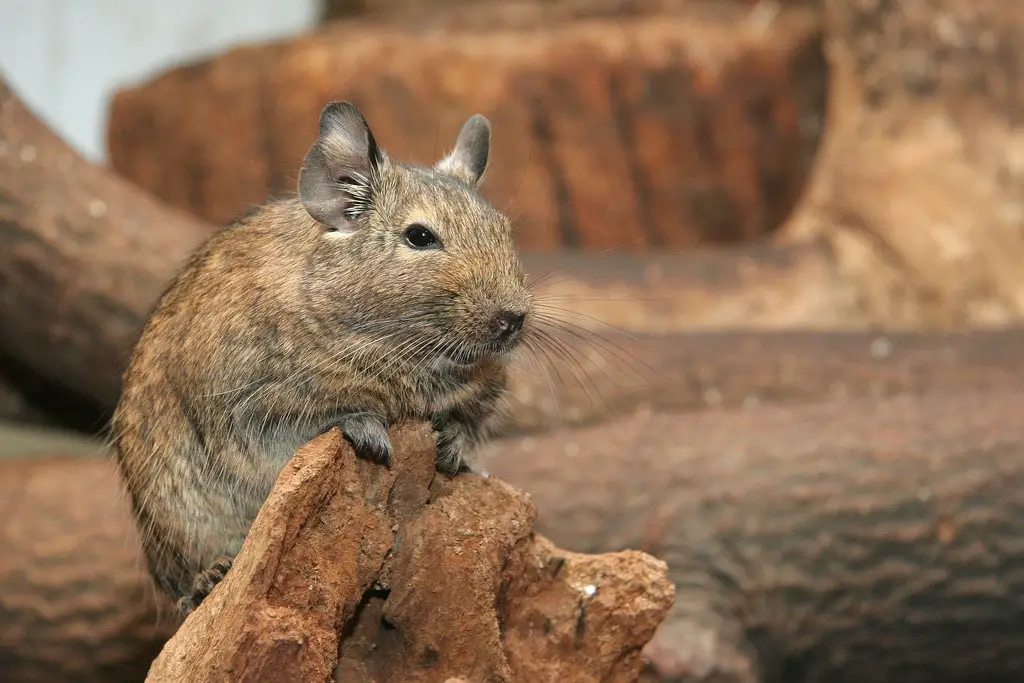
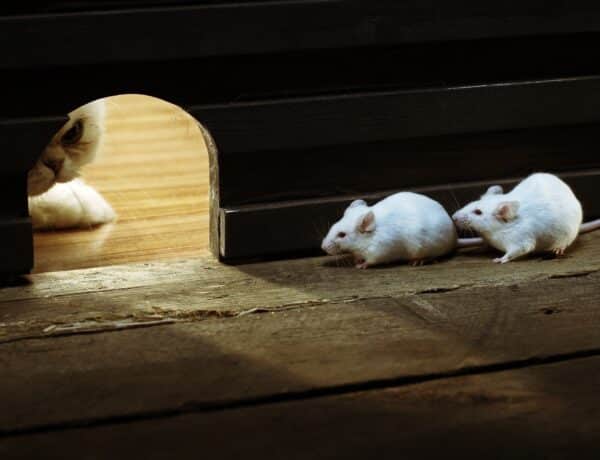
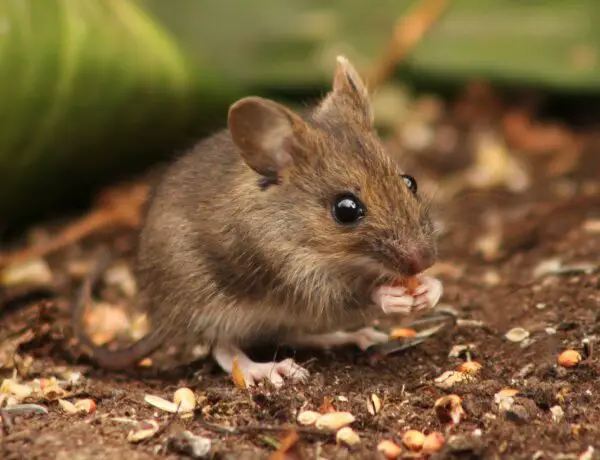
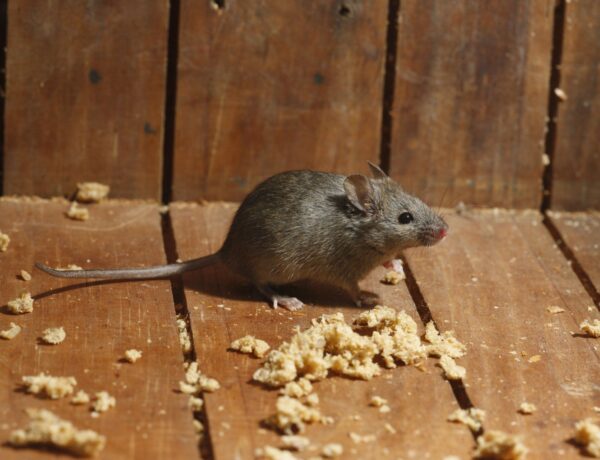
No Comments